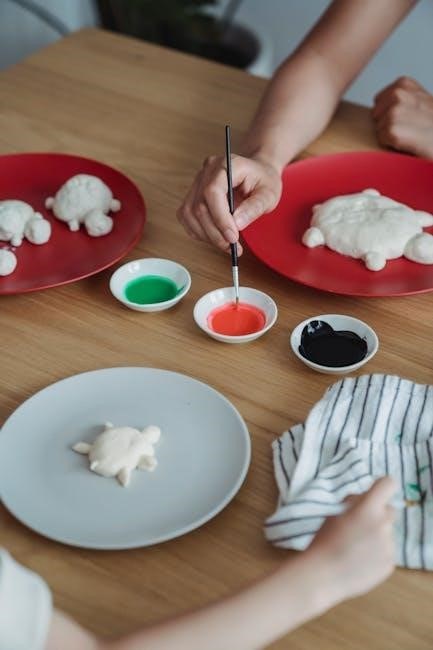Sculpey III is a popular polymer clay known for its vibrant colors and ease of use. It is ideal for crafting jewelry, ornaments, and decorative items. Proper baking ensures durability and finish.
1.1 Overview of Sculpey III Polymer Clay
Sculpey III is a high-quality polymer clay renowned for its vibrant colors and ease of use. It is widely used by crafters for creating jewelry, ornaments, and decorative items. This clay is soft and pliable, making it easy to shape and mold. When baked, it becomes durable and long-lasting, with a smooth, professional finish. Its versatility allows crafters to achieve intricate details and textures, making it a favorite for both beginners and experienced artists. The clay is available in a variety of colors, which can be mixed to create custom hues. Proper conditioning ensures optimal results, while adhering to baking instructions guarantees the desired outcome. Sculpey III is a versatile medium that brings creativity to life, offering endless possibilities for artistic expression.
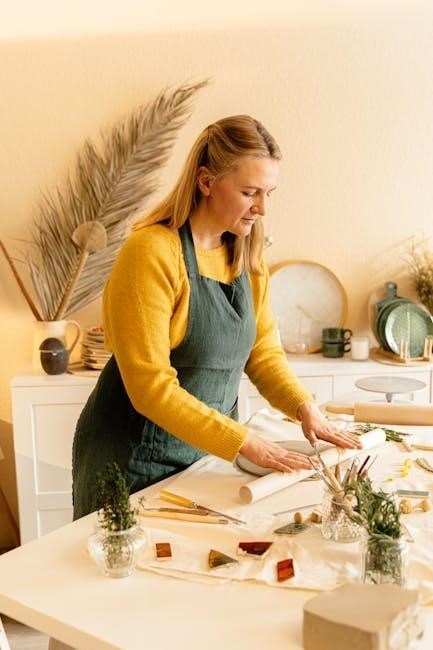
1.2 Importance of Proper Baking Instructions
Proper baking instructions are crucial for achieving the best results with Sculpey III clay. Incorrect temperatures or baking times can lead to issues such as under-cured or over-cured pieces, which may result in brittleness or discoloration. Following the recommended temperature of 275°F (130°C) ensures the clay cures evenly, while the suggested baking time of 15 minutes per 1/4 inch of thickness guarantees durability. Deviating from these guidelines can compromise the structural integrity of the piece, making it prone to cracking or breaking. Proper baking also enhances the clay’s color retention and finish, ensuring a professional-looking result. Adhering to the instructions is essential for both the longevity and aesthetic appeal of the final product. Ignoring these guidelines can lead to subpar results, making it vital to follow them closely for optimal outcomes.
Preparing Sculpey III Clay for Baking
Preparation ensures Sculpey III clay is ready for baking. Conditioning the clay by kneading until pliable is essential. Tools like rollers and cutters shape the clay. Cleaning surfaces prevents contamination. Proper thickness ensures even curing. Avoiding overworking prevents cracks.
2.1 Conditioning the Clay for Optimal Results
Conditioning Sculpey III clay is crucial for achieving optimal results. Start by breaking the clay into smaller pieces and kneading until it becomes pliable. This process removes air pockets and ensures even consistency. For firmer clays, rolling them through a pasta machine on the widest setting can help soften them. Sculpey III clay typically conditions quickly, often in seconds, making it ideal for immediate use. Proper conditioning prevents cracking during baking and ensures the clay adheres well when combining pieces. Always work on a clean, lightly floured surface to avoid sticking. If the clay is too soft, chilling it briefly can make it easier to handle. Conditioning is the foundation for successful baking, so take the time to prepare the clay thoroughly.
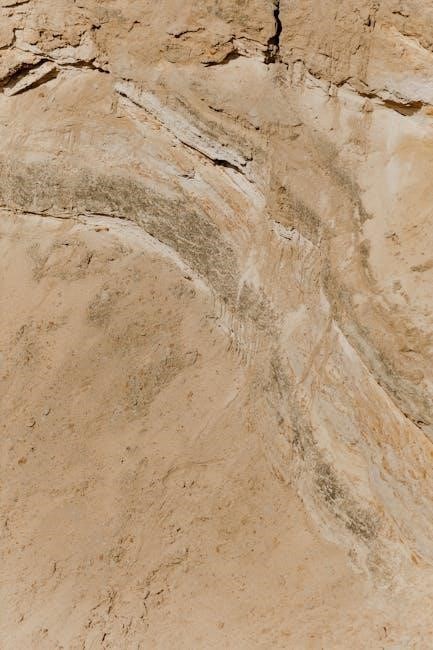
Baking Instructions for Sculpey III Clay
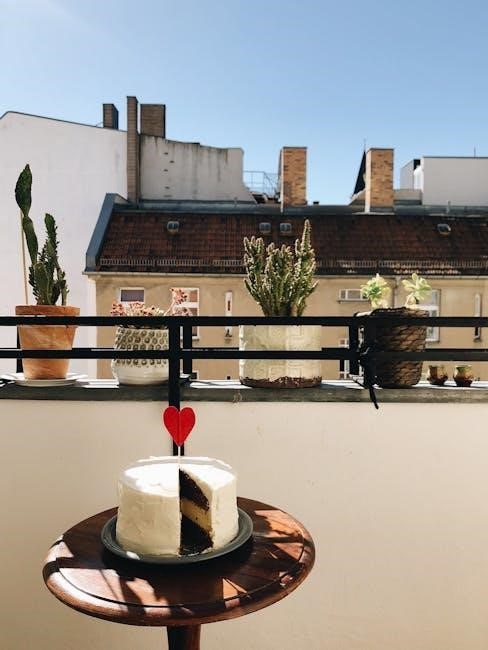
Bake Sculpey III at 275°F (130°C) for 15 minutes per 1/4 inch thickness. Avoid microwaving; oven-baking is essential for proper curing, ensuring durability and finish. Always have an adult oversee the process.
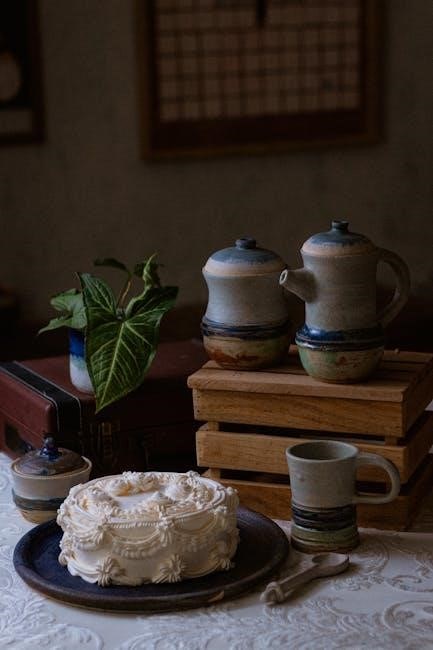
3.1 Recommended Oven Temperature and Baking Time
The ideal oven temperature for baking Sculpey III clay is 275°F (130°C). The recommended baking time is 15 minutes per 1/4 inch of thickness. This ensures the clay cures properly, achieving the desired hardness and finish. It’s crucial to preheat the oven to the correct temperature before placing the clay inside. Use an oven thermometer to verify accuracy, as incorrect temperatures can lead to undercooked or overcooked pieces. Always bake on a heat-resistant surface, such as a ceramic tile or parchment-lined baking sheet, to prevent sticking. Avoid microwaving, as it can cause uneven curing and damage the clay. Proper baking is essential for the durability and longevity of your Sculpey III creations.
3.2 Calculating Baking Time Based on Thickness
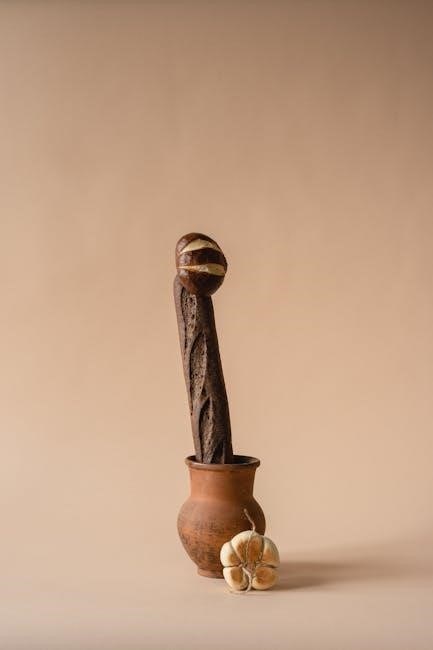
To determine the correct baking time for Sculpey III clay, measure the thickness of your piece using a ruler. The recommended baking time is 15 minutes per 1/4 inch (6 mm) of thickness. For example, a piece that is 1/2 inch thick requires 30 minutes of baking time. This calculation ensures even curing and prevents undercooked or overcooked areas. Always preheat your oven to 275°F (130°C) before baking and use an oven thermometer to confirm the temperature. Place the clay on a heat-resistant surface, such as parchment paper or a ceramic tile, to avoid sticking. By accurately calculating the baking time based on thickness, you can achieve a professional finish and ensure the durability of your Sculpey III creations.
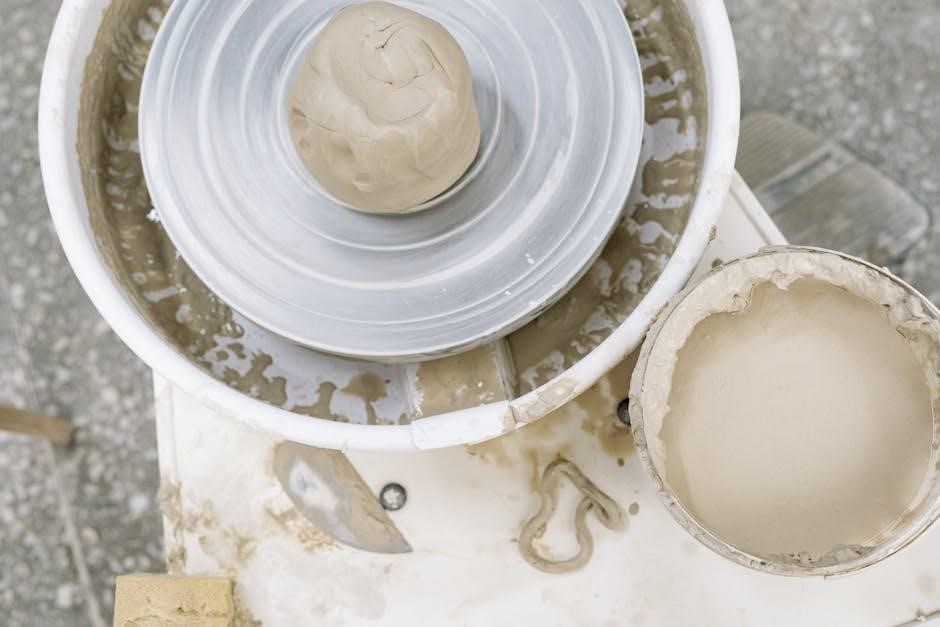
Post-Baking Care and Handling
After baking, allow Sculpey III clay to cool completely on a heat-resistant surface. Handle gently to avoid damage and ensure proper hardening for a durable finish.
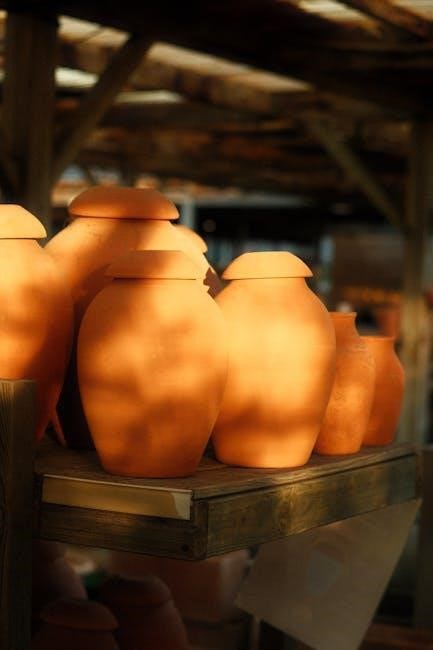
4.1 Cooling and Hardening Process
Once baked, Sculpey III clay requires a controlled cooling process to ensure proper hardening. Place the item on a heat-resistant surface, away from direct sunlight, and allow it to cool naturally. Avoid touching or moving the piece until it has reached room temperature, as this can cause warping or cracking. The cooling process typically takes about 30 minutes, depending on the thickness of the clay. During this time, the clay will harden completely, resulting in a durable and long-lasting finish. Proper cooling ensures the clay retains its shape and vibrancy, making it ready for additional finishing touches or sealing if desired.
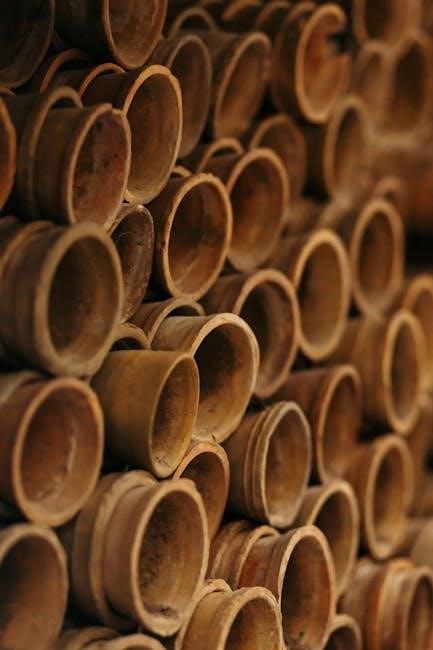
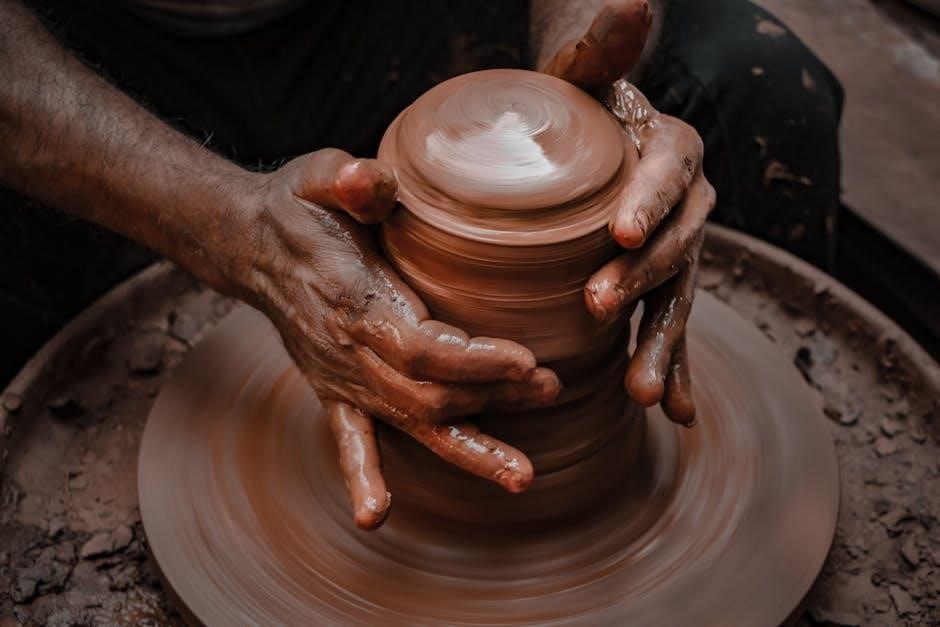
Safety Precautions and Best Practices
Baking Sculpey III clay requires adherence to safety guidelines to ensure a hazard-free experience. Always use an oven thermometer to verify the temperature, as incorrect heat settings can release harmful fumes. Avoid microwaving, as it can cause uneven curing and potential burns. Keep children and pets away during the baking process. Use a well-ventilated area to prevent inhaling fumes. Never exceed the recommended temperature of 275°F (130°C) or baking time, as this can lead to clay discoloration or the release of toxic substances. Wear oven mitts when handling hot bakeware to prevent burns. Follow the manufacturer’s instructions closely to maintain safety and achieve optimal results. Proper ventilation and adult supervision are essential when working with polymer clays. Always prioritize caution to ensure a safe and successful crafting experience.
Tools and Materials Needed for Baking
To successfully bake Sculpey III clay, gather essential tools and materials. A reliable oven with temperature control is crucial for accurate baking. Use an oven thermometer to ensure the temperature reaches 275°F (130°C). A baking sheet lined with parchment paper or a silicone mat prevents clay from sticking. A pasta machine or rollers can help achieve uniform thickness. Tools like cutters, rollers, and shaping instruments are handy for crafting designs. Adult supervision and protective gear, such as oven mitts, are necessary for handling hot bakeware. Avoid using metal tools that can scratch the clay. Ensure the workspace is clean and well-ventilated. Having these tools and materials ready will streamline the baking process and ensure professional-looking results. Proper preparation is key to achieving the best outcome with Sculpey III clay.
Troubleshooting Common Baking Issues
When baking Sculpey III clay, common issues like underbaked or brittle clay can occur. Ensure the oven is preheated to 275°F (130°C) and use an oven thermometer for accuracy. If the clay is too thick, increase baking time. Warping may happen if the piece isn’t evenly supported; use a sturdy baking surface. Overbaking can cause discoloration, so monitor time closely. If the clay doesn’t harden properly, it may not have been baked long enough. Avoid microwaving, as it can cause uneven curing. Always follow the recommended 15 minutes per 1/4 inch thickness. Proper conditioning before baking and ensuring uniform thickness can prevent many issues. Adult supervision is advised when handling hot ovens. By addressing these common problems, you can achieve professional-looking results with Sculpey III clay. Proper techniques and attention to detail are key to successful baking.
